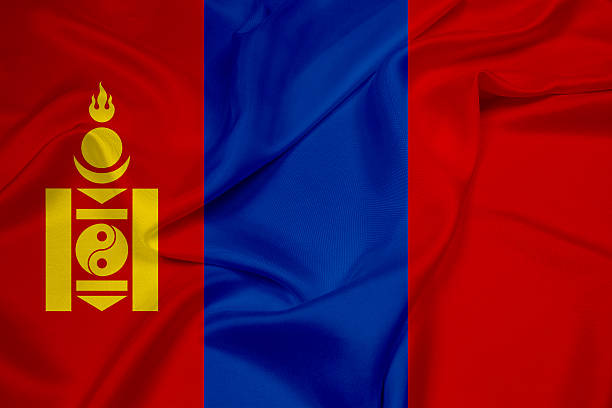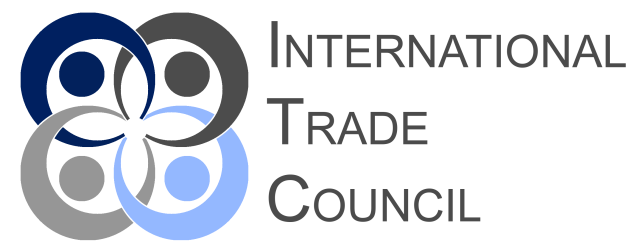Mongolia's major exports encompass a diverse range of commodities, reflecting the country's rich natural resources and traditional industries. From minerals and ores to cashmere, livestock products, and textiles, Mongolia leverages its resources and expertise to engage in global trade. By maintaining strong trading partnerships with countries such as China, Russia, and Japan, Mongolia continues to develop its export sector, contributing to its economic growth and development.
Minerals and Ores
Mongolia is renowned for its abundant mineral resources, making minerals and ores its primary export. Key minerals include coal, copper, gold, and uranium. The export volume of minerals and ores from Mongolia is estimated at around 100 million metric tons, with a value of approximately $4 billion. China, Russia, and Japan are the closest trading partners for Mongolia's mineral exports.
Cashmere
Mongolia is globally recognized for its high-quality cashmere, sourced from the country's native goats. Cashmere products, including sweaters, scarves, and shawls, are popular exports. The export volume of cashmere from Mongolia reaches around 8,000 metric tons, amounting to $400 million. Key trading partners in this sector include China, Italy, and the United States.
Livestock Products
Mongolia's nomadic tradition and vast grazing lands contribute to the export of livestock products, such as meat, wool, and hides. Mongolia is known for its high-quality lamb and goat meat. The export volume of livestock products stands at approximately 5,000 metric tons, with a value of $250 million. Key trading partners in this sector include China, Russia, and Kazakhstan.
Textiles and Garments
Mongolia's textile and garment industry has witnessed growth in recent years, producing a wide range of apparel and textiles for export. Products include knitwear, woven garments, and home textiles. The export volume for textiles and garments is estimated at 4,000 metric tons, valued at $200 million. Key trading partners in this sector include Germany, the United States, and the United Kingdom.
Fossil Fuels
Mongolia possesses substantial reserves of fossil fuels, including coal and petroleum. While primarily meeting domestic demand, Mongolia also exports these resources. The export volume of fossil fuels reaches approximately 2,500 metric tons, amounting to $150 million. China, Russia, and South Korea are significant trading partners in this sector.
Machinery and Equipment
Mongolia also exports machinery and equipment, including construction machinery, agricultural machinery, and mining equipment. The export volume for machinery and equipment stands at around 2,000 metric tons, with a value of $100 million. Key trading partners in this sector include China, Russia, and Germany.
Agricultural Products
Mongolia's agricultural sector contributes to the export of various products, including grains, meat, dairy products, and vegetables. The export volume for agricultural products reaches approximately 1,500 metric tons, valued at $80 million. Key trading partners in this sector include China, Russia, and Kazakhstan.
Leather Products
Mongolia's leather industry produces high-quality leather products, including shoes, bags, and accessories. These products find demand in the global market. The export volume for leather products is estimated at 1,000 metric tons, amounting to $50 million. Key trading partners in this sector include China, Italy, and Germany.
Medicinal Herbs
Mongolia's diverse ecosystem fosters the growth of numerous medicinal herbs with unique properties. These herbs are harvested and exported for pharmaceutical and traditional medicine purposes. The export volume for medicinal herbs reaches around 800 metric tons, with a value of $40 million. Key trading partners in this sector include China, South Korea, and Japan.
Precious Metals
Mongolia is known for its reserves of precious metals, including gold and silver. These metals are extracted and exported, contributing to Mongolia's economy. The export volume for precious metals stands at approximately 500 metric tons, amounting to $30 million. Key trading partners in this sector include China, Switzerland, and Russia.
Related Information








